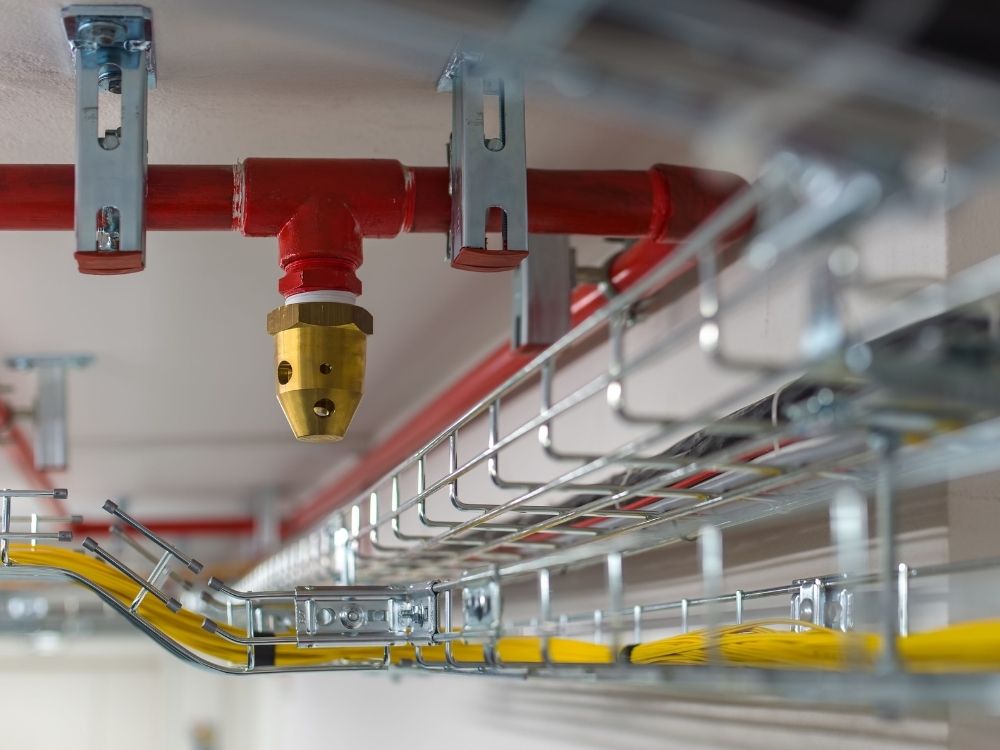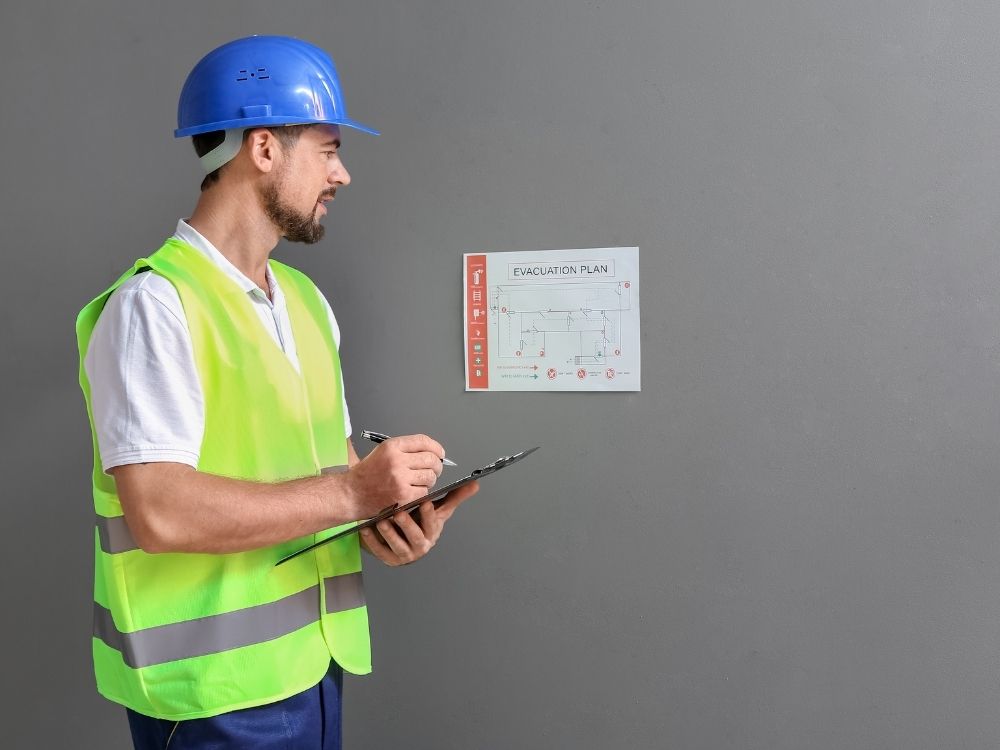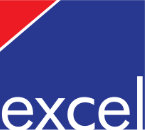Designing a new dental practice in the UK involves more than just aesthetics and functionality. It must also meet stringent fire safety regulations. With the introduction of the Building Safety Act 2022 and the Fire Safety (England) Regulations 2022, practice owners face increased responsibilities. They must ensure their premises are safe, compliant, and resilient against fire risks. This article explores the critical role of fire safety in dental practice design. We’ll also look at the cost implications of sprinkler systems and the importance of choosing the right professionals to guide the process.
The Regulatory Landscape: Building Safety Act 2022
The Building Safety Act 2022 was introduced to overhaul fire safety standards following the Grenfell Tower tragedy. It places greater accountability on building owners and managers — referred to as “responsible persons” — to ensure fire safety measures are properly implemented and maintained.
For dental practices, this means:
- Conducting and regularly reviewing fire risk assessments.
- Ensuring fire safety systems (e.g., alarms, extinguishers, emergency lighting) are installed and maintained.
- Providing clear evacuation plans and staff training.
- Coordinating with designers and builders to ensure compliance from the outset.
Sprinkler Systems: Safety vs. Budget

Sprinkler systems are a highly effective fire suppression method, but they come with significant cost and design considerations. Choosing the right system for your dental practice is an important decision in the design stage of your project. And it’s one that an experienced dental design and build company like Excel Building Contractors has the expertise to help you with, ensuring you make the correct choice; both from a compliance and budgetary perspective.
Key considerations are:
- System Type: Wet pipe systems are the most cost-effective, while mist and pre-action systems offer advanced protection but at higher costs.
- Water Supply: Pressurised water tanks and booster pumps may be required, especially in multi-storey or large practices, adding to installation and operational expenses.
- Building Layout: Open-plan designs may reduce the number of sprinkler heads needed but require careful planning to ensure coverage and pressure consistency.
Despite the upfront investment, sprinkler systems can reduce long-term risks, protect property, and support business continuity. This can be especially important in healthcare environments where even minor disruptions can impact patient care.
Design Challenges: Lighting and Open Spaces
Integrating sprinkler systems into a dental practice can affect other design elements, particularly lighting and open-plan layouts:
- Lighting Systems: Sprinkler heads installed in ceiling voids may interfere with lighting fixtures. Designers must coordinate placement to avoid obstruction and ensure both systems function optimally. In a dental environment there may also be other equipment requiring ceiling mounting, which must also be taken into consideration. Another reason why working with a specialist dental design and build company with ensure the whole project is designed properly from the start and runs smoothly.
- Open Areas: While open-plan designs offer flexibility and a modern feel, they can complicate fire containment. Without compartmentalisation, fire can spread more rapidly, making sprinkler coverage and evacuation planning even more critical.
Healthcare-specific guidance recommends considering ceiling void protection, quick-response concealed sprinkler heads, and fire-resisting construction to mitigate these risks.
The Practice Owner’s Responsibility

Ultimately, the responsibility for fire safety compliance lies with the practice owner. Choosing the right designer and builder — professionals who understand healthcare regulations and fire safety standards — is essential.
They must:
- Be familiar with BS EN 12845 and other relevant standards.
- Coordinate with fire safety consultants and local authorities.
- Ensure all systems are installed by certified professionals (e.g., LPS1048 or FIRAS accredited).
At Excel Building Contractors you can be assured we tick all boxes.
Failure to comply can result in legal consequences, increased insurance premiums, and, most importantly, risks to staff and patient safety.

Fire safety is not just a regulatory box to tick — it’s a foundational element of safe, sustainable dental practice design. By understanding the implications of the Building Safety Act 2022, budgeting appropriately for sprinkler systems and water infrastructure, and working with qualified professionals, practice owners can create environments that are both compliant and secure.
If you’re planning a practice renovation, move to new premises or embarking on your first dream squat practice, please don’t hesitate to get in touch for an initial chat. Whilst we’re confident that we can ensure your new practice will be compliant from a fire safety point of view, we’re also highly experienced in all other aspects of designing and building modern, compliant dental spaces which are welcoming and relaxing for your patients and team alike.
Give us a call on 020 8820 0853 or drop us a line here.

